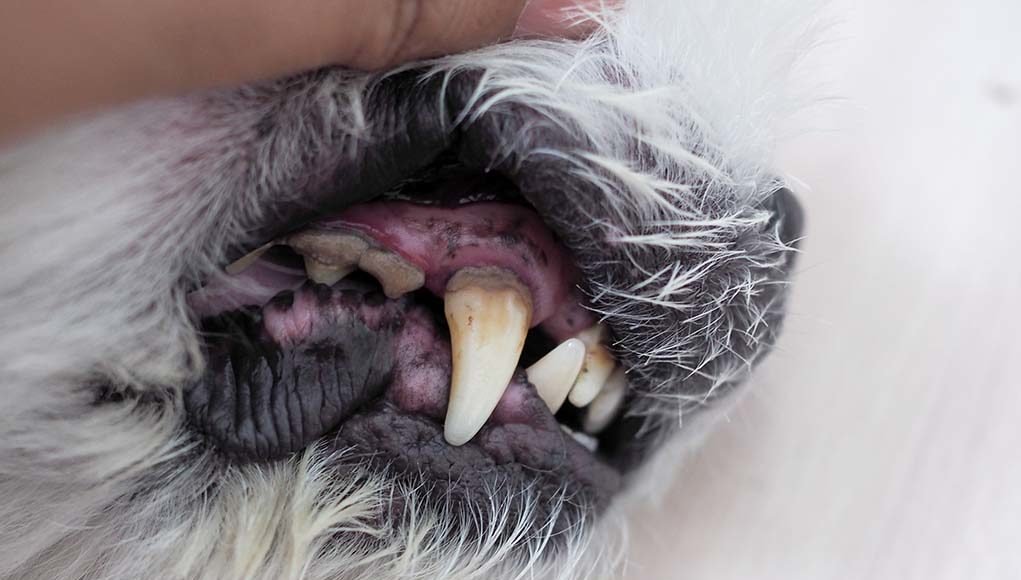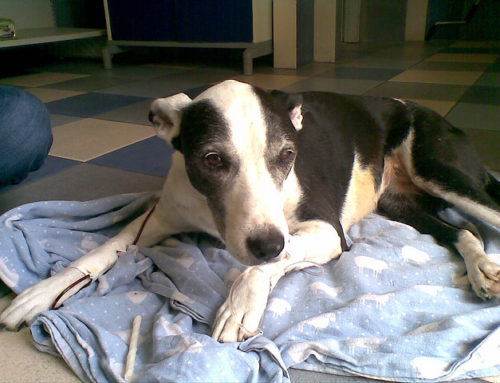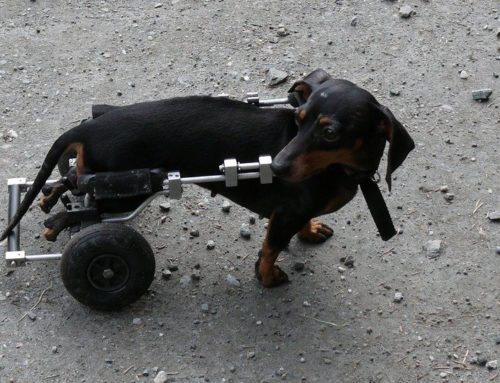Gingivitis in Dogs: Science-based Prevention and Treatment
Gingivitis is an oral health issue that causes inflamed and sometimes bleeding gums.
Gingivitis in dogs is one of the most common diseases, with a estimated prevalence being around 50–70% (Harvey, et al. 1995). These types of oral conditions in dogs are best prevented by mitigating the levels of tartar and plaque in the mouth. It’s important not only for the sake of your pup’s overall health, but also because these oral bacteria can transfer to humans too.
It’s normal for plaque to form on canine’s teeth – this is the result of food and sugar residuals being left behind after ingestion. These food remnants react with naturally-occurring bacteria and enzymes in the mouth to form plaque, seen and felt as a slimy film over the teeth and tongue. At this point, dog’s teeth must be cleaned to avoid further complications.
If not removed, plaque builds and hardens to become tartar, the next stage of the oral condition. Tartar can harden, trapping in dangerous, decaying bacteria which slowly eats at the enamel of dog’s teeth and can eventually deteriorate bone health, affecting the jaw and causing irreversible damage, and affecting pet’s overall health
Signs of Gingivitis in Dogs
Swollen gums. When the body senses infection, the immune system attempts to fight the unwelcome bacteria off by flooding the affected areas. In the case of gingivitis, this is the gums, which become swollen as a result of antibodies saturating the region, as you can see in the above picture.
Bad breath. The overpopulation of bacteria in the mouth causes more than just “dog breath.” Bad breath from a more serious dental health condition is more noticeable, and it’s often is the first sign of decay or degradation of oral health in your pet.
Bleeding. Once the inflamed gums are irritated – either from eating or brushing – blood may occur. Different stages of gum bleeding may be seen, anywhere from just signs of potential bleeding to actual blood found in your dog’s mouth.
Lack of appetite. Gingivitis can be painful and thus can cause a dog to avoid eating. Some dogs may continue to be hungry, but instead “play” with their food tentatively. Perhaps they pick up small pieces of kibble from their bowl and rest it on the kitchen floor. However, pain caused by gingivitis could lead to a lack of appetite, entirely.Loose/breaking teeth. Often a sign of a more severe case of gingivitis, loose teeth may signal that the gum disease is already working its way to the roots of your dog’s teeth. In more progressed stages, teeth may even start braking.






Leave A Comment
You must be logged in to post a comment.